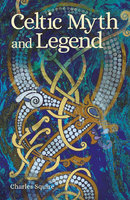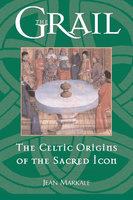New, Quality Gift Books - 50-90% off - over 2500 titles
Your basket is empty.
Categories War & Militaria BADON AND THE EARLY WARS FOR WESSEX CIRCA 500 TO 710
BADON AND THE EARLY WARS FOR WESSEX CIRCA 500 TO 710
Book number: 95067
Product format: Hardback
In stock
Bibliophile price
£11.00
Published price
£19.99
Customers who bought this product also bought
|
SMALL REVOLUTION IN GERMANY
Book number: 93599
Product format: Paperback
Bibliophile price
£2.00
Published price
£9.99
|
CELTIC MYTH AND LEGEND
Book number: 94351
Product format: Paperback
Bibliophile price
£6.50
Published price
£12.99
|
THE GRAIL: The Celtic Origins of The Sacred Icon
Book number: 94537
Product format: Paperback
Bibliophile price
£6.00
Published price
$14.95
|
|
OVERPAID, OVERSEXED AND OVER THERE
Book number: 95282
Product format: Paperback
Bibliophile price
£6.00
Published price
£9.99
|
Browse this category: War & Militaria





